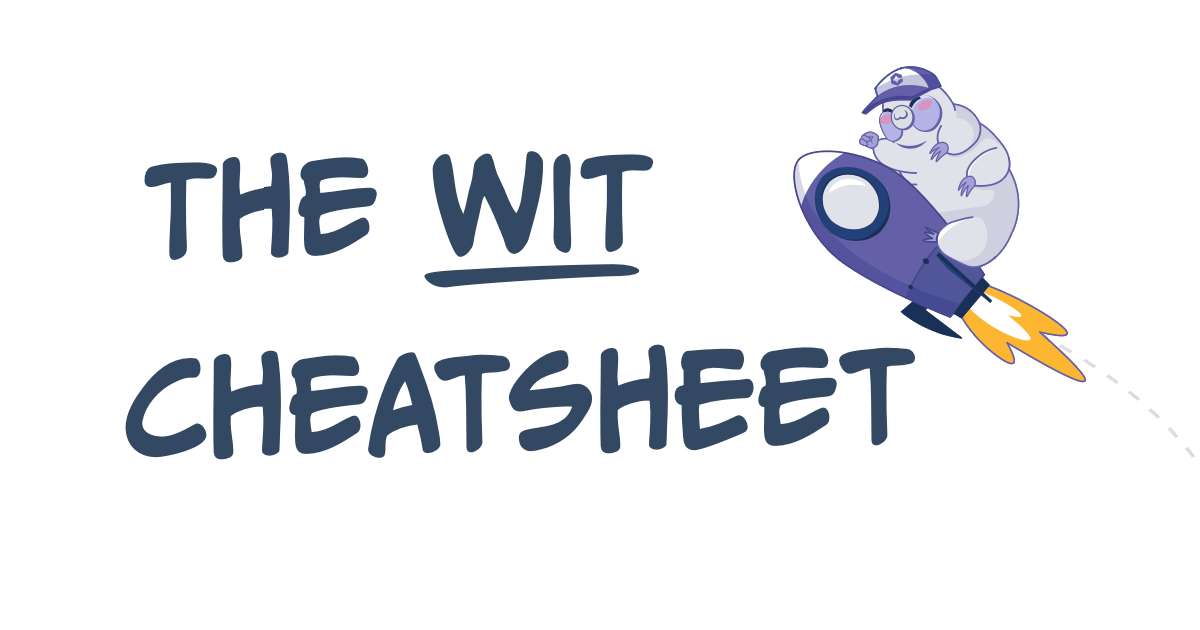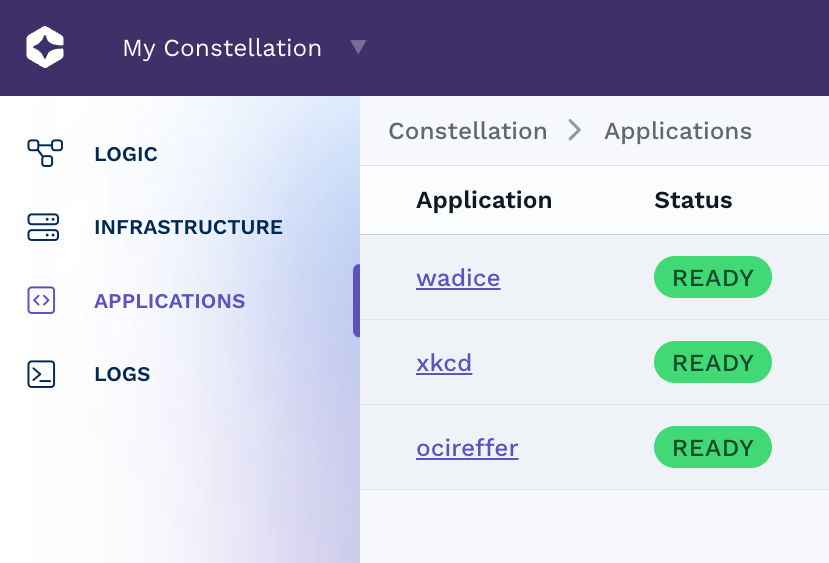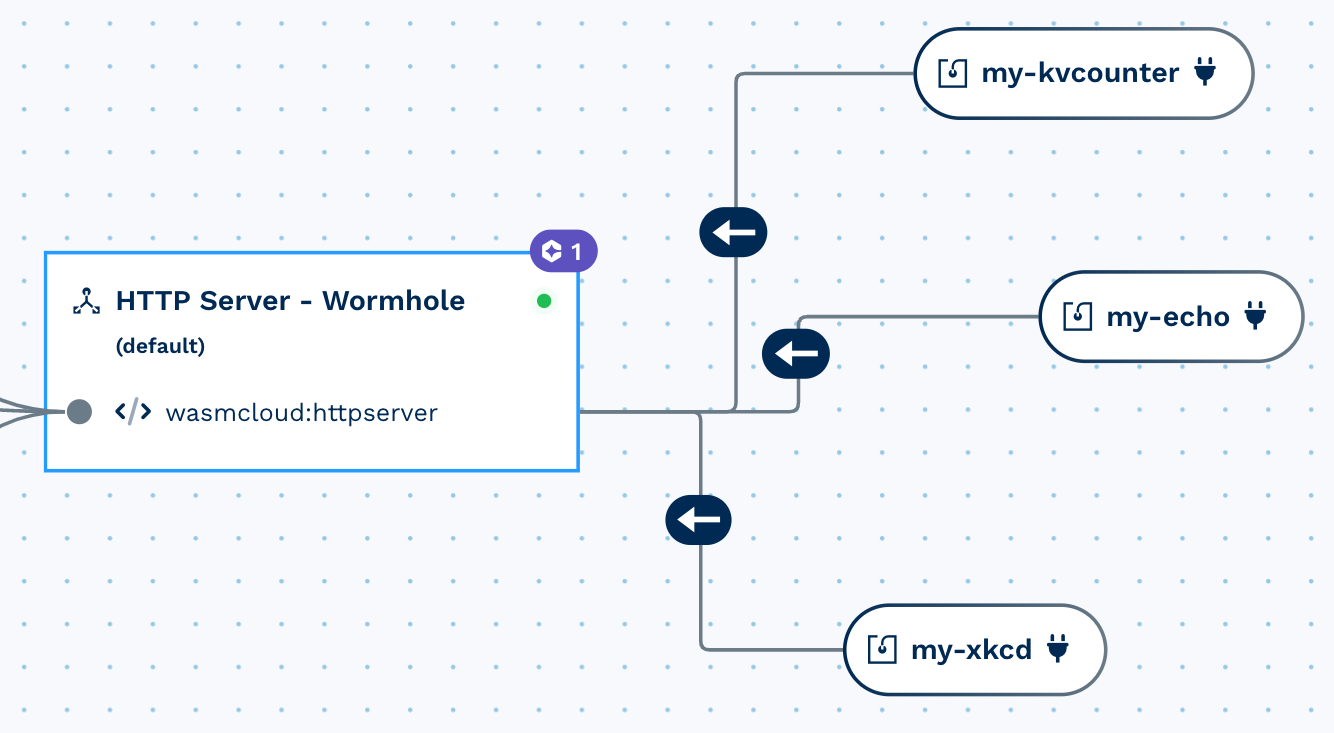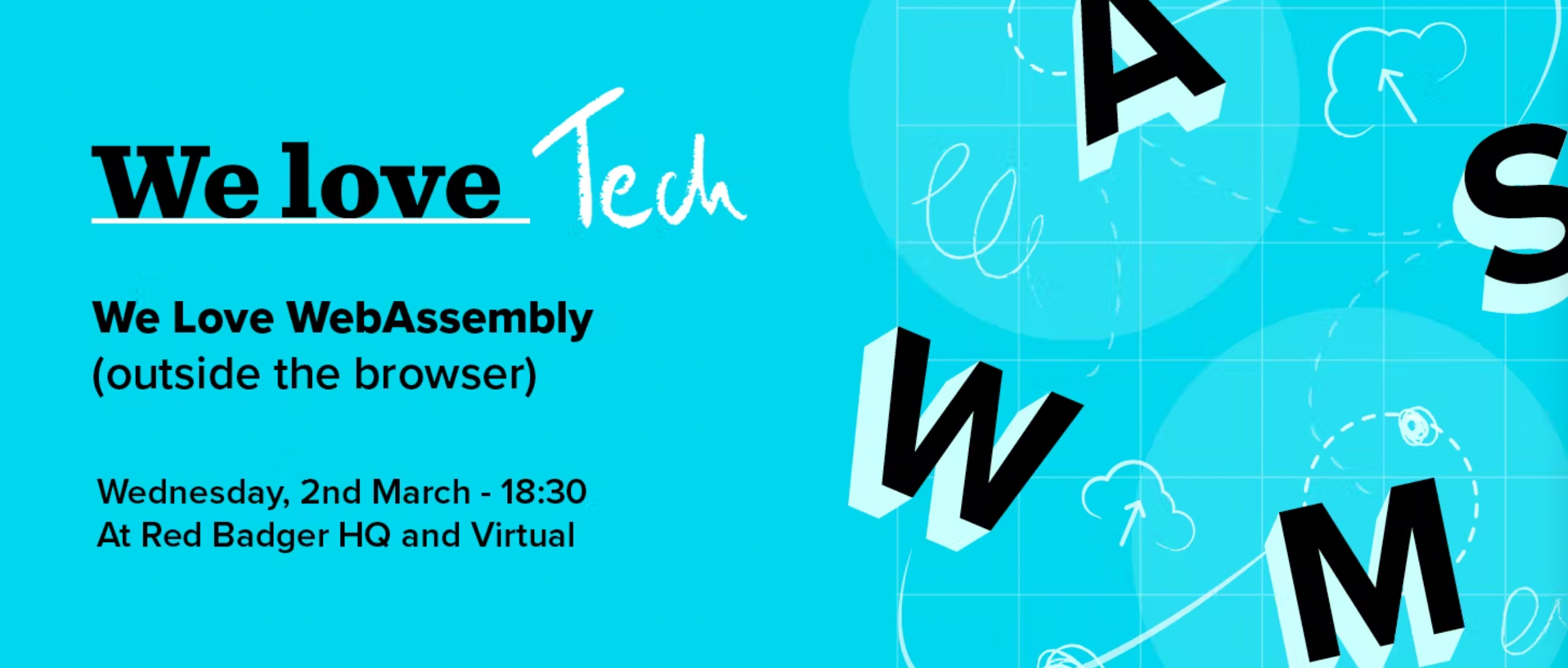WASI Preview 2 officially launched! After a vote in the WASI Subgroup of the W3C WebAssembly Community Group, the standard set of interfaces included in the launch of Preview 2, aka WASI 0.2.0, is ready for use by library implementers. We've been closely tracking the different release candidates of WASI 0.2.0 over the last 6 months, and wasmCloud will update its runtime WIT definitions to the pinned versions in just a few days.
10 posts tagged with "Cosmonic"
View All TagsWebAssembly on Kubernetes with Argo CD and Cosmonic
- Seamlessly operate WebAssembly across any K8s distribution via GitOps pipeline
- Orchestrate CNCF wasmCloud across K8s with Kubernetes Custom Resource Definition (CRD)
- Wadm supercharges Cosmonic Connect Kubernetes to create new Kubernetes controller

Get WITtier with this handy guide to Wasm Interface Types
WIT, or Wasm Interface Types, allows WebAssembly modules to communicate with each other using complex data types. WIT is a language agnostic interface definition language (IDL) that enables composing WebAssembly components, regardless of source language, using language-specific bindings. If you're using a WIT-generated set of language bindings it will feel just like using a regular language SDK. If you're writing your own WIT, then this guide is for you!

Application View: Cosmonic Introduces Declarative Wasm Application Management
New to the Cosmonic PaaS, we’re introducing an easy-to-use UI for managing declarative Wasm applications. Just like the platform’s opinionated views for Logic and Infrastructure, the new Application View provides a user interface for interacting with Wadm applications defined using the Open Application Model (OAM). This view includes an in-UI YAML editor and YAML validation.

Personalizing your Wormhole Experience
The Cosmonic wormhole exposes an HTTPS endpoint for your application that's accessible from outside
of your constellation. Any actor with the HTTP Server capability can use a wormhole through
Cosmonic's implementation of the HTTP Server provider. When you first create a wormhole, a randomly
generated DNS name like fuzzy-lake-1234.cosmonic.app. These random DNS names are auto-generated;
a couple of familiar words and numbers, designed to be unique but user-friendly, no long strings of
random characters.

WebAssembly: A Veteran Kubernetes Engineer's View of the Future
At the Pasadena leg of Kubernetes Community Days (co-located with SCaLE 20x), I had the chance to talk to 100 or so Kubernetes enthusiasts, to give my perspective on WebAssembly, through the lens of a Kubernetes veteran.

Evolution of Wasm Standards: Building the Component Model for Wasm
There are several new standardization efforts happening within the WebAssembly (Wasm) space, including what we believe to be a new way to write software applications. By way of describing this new model, I would like to dive into some of the history of Wasm as a way to describe where we are heading.

Removing Application Vulnerabilities with wasmCloud Capabilities
An engineer begins her Monday, sitting down at her desk with a cup of coffee. She's feeling productive, inspired, and ready to write some good code. She opens her GitHub inbox to find 42 notifications on her projects, like this one:
⚠️ CRITICAL VULNERABILITY: Upgrade garbodep from 1.1.12 to 1.1.13
"What's garbodep? I don't even directly depend on that, why am I getting notified for this?" And
so, her day begins.

Running your UI on wasmCloud
One of the things we've run into as we've worked with customers and developed our own examples at
Cosmonic is the need to serve UIs that are consuming services you are running inside of wasmCloud.
Our own examples required you to either run the UI using npm or to run a docker image. This felt
less than ideal and didn't fit with our vision of WebAssembly being the future of distributed
computing.
We just released a new version of the petclinic example that demonstrates how you can bundle up a UI for your application into a single actor. Now when you start the full petclinic example, the API and UI are served from the same place

We Love Web Assembly (outside the browser)
Hybrid meetup hosted by Stuart Harris, co-founder, Red Badger on Wed., March 2, part of a series called “Wheel of Tech”
Guest presenters from Cosmonic included Brooks Townsend, lead software engineer, and Taylor Thomas, engineering director. Also presenting was Kostya Babanakov, enterprise solutions engineer, SingleStore UK and EMEA.
This event focused on why the use of WebAssembly server-side represents a major revolution in platform design as we move beyond the cloud as a destination. Coupled with products like wasmCloud and NATS, WebAssembly is creating a whole new paradigm for cloud native and eliminating entire classes of problems in the process.

Keep up to date
Subscribe to Cosmonic for occasional communication straight to your inbox.





